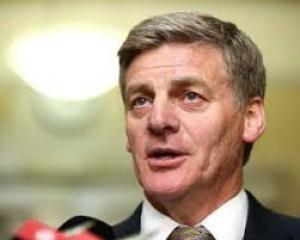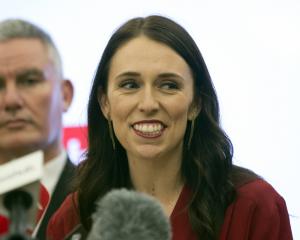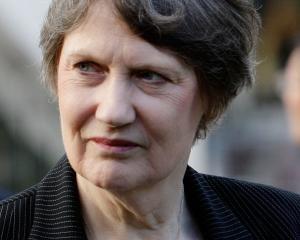
In 2011 and 2014 Bill English asserted a virtue of not doing ``election-year'' Budgets - not buying your votes with your cash, which he said Labour tried to do in 2008 on the way to defeat.
Instead, he made a virtue of containing government net debt after the ravages of the global financial crisis (GFC) and the Christchurch earthquakes while maintaining basic social services to meet consequent higher need.
Christchurch alone cost the government around 7% of GDP.
Mr English's assertion highlights one of the political games that will be played on Thursday: making numbers look favourable to a politician's own side and unfavourable to the other side.
Grant Robertson will contrast the net debt of 5.7% of GDP left behind by Michael Cullen with far higher debt now: 24.3% of GDP in the Treasury's December half-yearly update though now probably a bit lower as a result of higher-than-forecast revenue.
Mr Robertson leaves out the GFC and earthquake impacts. Also, Sir Michael's lower debt came from riding a credit/debt binge (complete with house price explosion), fuelled by global imbalances and bad behaviour in the United States.
Some insiders say Sir Michael set up his New Zealand Superannuation Fund partly to park some of that too-good-to-be-true windfall out of reach of spendthrift colleagues.
Mr English stopped funding the fund - to cut borrowing while the Budget was in deficit, he said, and thus avoid a credit downgrade which would have pushed up interest on borrowing for necessary services.
But he kept the tap off, even when debt peaked and the downgrade threat faded - and even though, Labour complains, the fund was earning far more than the cost of borrowing.
Labour says not paying into the fund now short-changes future taxpayers. They will have to pay more tax to fund superannuation payouts when retirement numbers bulge in the 2020s.
Steven Joyce, whose Budget this is, counters that borrowing now would impose more tax on those 2020s taxpayers to pay the interest.
The message from both: numbers are often not what they seem.
Mr Joyce will publish four-year-total spending numbers, as ministers have in pre-Budget announcements.
Those four-year numbers can mislead. They can also mask an actual decrease in real economic terms.
The big four-year increase for research and science Mr Joyce trumpeted as science minister in the 2016 Budget is actually flat as a percentage of GDP and far below the OECD average and all but one of the other six in Sir Peter Gluckman's consortium of small advanced countries.
Some pre-Budget announcements have incorporated some spending announced earlier, so it is not all - sometimes mostly not - new.
Then there is the immigration boom. This has added net 1.5% to the population since the 2016 Budget. Add in around another 0.6% for births minus deaths and 2% for inflation. A 4% rise in spending on Thursday will actually be standstill.
Those factors apply to capital spending in infrastructure, as well as to social and other services.
Victoria University academic Toby Moore has developed with the Institute for Economic Research a guide to per capita spending against which to test Mr Joyce's figures on Thursday.
This is particularly relevant in health. Over-70s numbers are growing and they have greater needs. Health prices rise faster than inflation. So in health just matching population growth and inflation may actually be a cut.
Council of Trade Unions economist Bill Rosenberg has done detailed analysis of this for some years.
Houses are another per capita casualty. Amy Adams' 10-year ``Crown building project'' falls short and, in any case, her 34,000 target has to be discounted by 8000-odd to be demolished to make way for the new. Ms Adams also pronounced $650,000 to be ``affordable''.
Heads of the five main churches and the Salvation Army said after meeting Mr English last week that inadequate housing was contributing to the ``fracturing'' of the ``wellbeing of people and communities''.
Then there is tax. Whatever cuts Mr Joyce announces have to be discounted by fiscal drag of $600 million or more since the last adjustment in 2010.
Also, squeezing thresholds for the Working for Families and other rebates has pushed up the effective marginal tax rates on those affected to as much as 80% for some, Auckland University economist Susan St John has documented.
Mr Joyce plans to address rebates.
But he won't close the widening gaps in tax's ``broad base''.
Wealth is not taxed. Very little income from capital gain is taxed, which is, in effect, a subsidy from ordinary taxpayers to the well-off. Likewise, the $250 million a year in negative gearing tax-loss claims on rental housing, which Labour plans to ban.
Mr Joyce's tone on Thursday will be prudent management, attention to sore spots and reward for middle New Zealand's responsible acceptance of restraint.
There is more than a ring of truth in that. But some other bells are ringing, too.
Colin James is a leading social and political commentator. ColinJames@synapsis.co.nz












